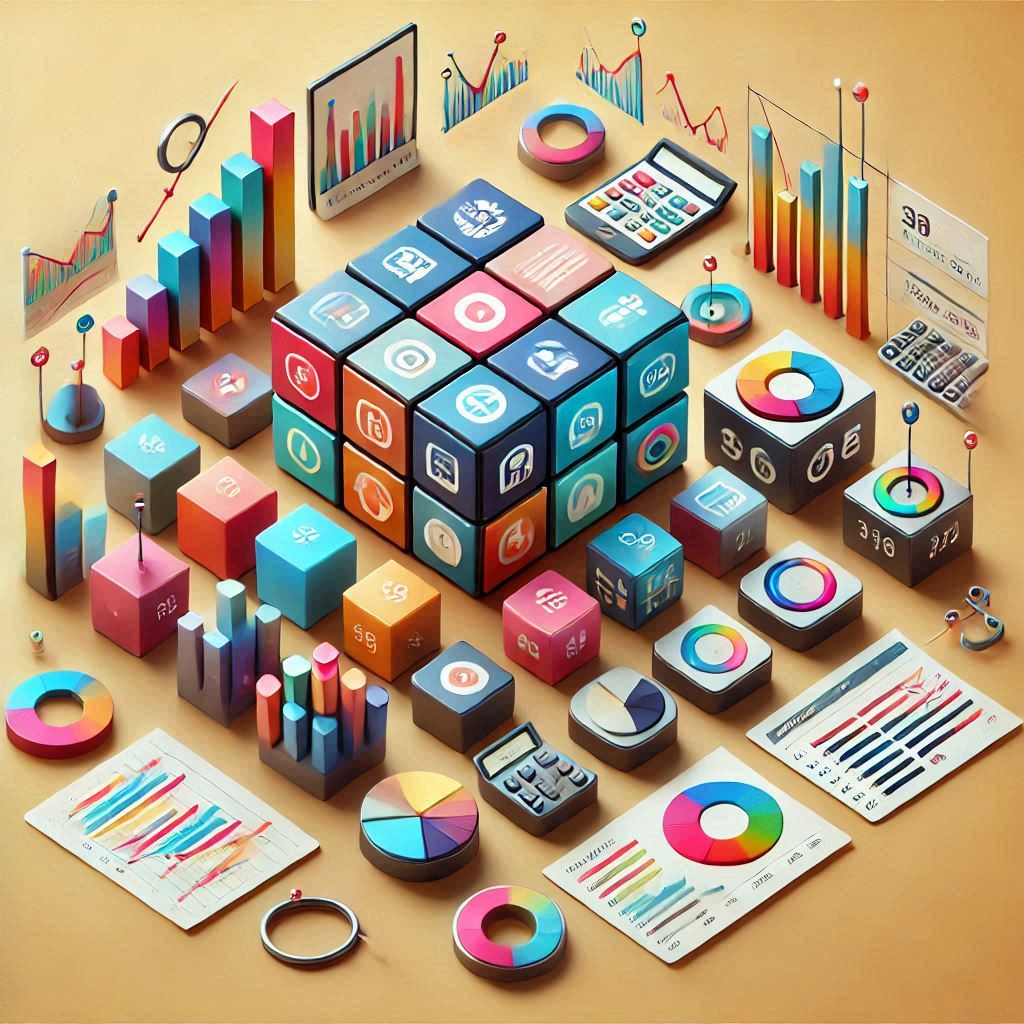
Chart of Accounts
by msypniewski511 in DII&M
A chart of accounts (COA) is a structured list of accounts used to categorize all financial transactions of a business. In the UK, the structure should align with local accounting practices and guidelines, such as those outlined by HMRC. Below is an example of a typical chart of accounts for a small-to-medium business in the UK:
Example Chart of Accounts for a UK Business
Assets (1xxx)
- Current Assets
- 1000: Bank Account - Current
- 1010: Bank Account - Savings
- 1020: Petty Cash
- 1030: Accounts Receivable (Debtors)
- 1040: Inventory
- 1050: Prepaid Expenses
- 1060: VAT Input Tax (Recoverable VAT on Purchases)
- Fixed Assets
- 1100: Office Equipment
- 1110: Furniture and Fixtures
- 1120: Vehicles
- 1130: Computers
- 1140: Buildings
- 1150: Accumulated Depreciation
- Intangible Assets
- 1200: Goodwill
- 1210: Trademarks/Patents
Liabilities (2xxx)
- Current Liabilities
- 2000: Accounts Payable (Creditors)
- 2010: VAT Output Tax (VAT Collected on Sales)
- 2020: Accrued Expenses
- 2030: Payroll Liabilities (PAYE/NIC Contributions)
- 2040: Income Tax Payable
- 2050: Deferred Revenue (Advanced Payments)
- Long-term Liabilities
- 2100: Business Loans
- 2110: Lease Obligations
Equity (3xxx)
- 3000: Owner's Equity/Capital
- 3010: Retained Earnings
- 3020: Dividends Paid
Income/Revenue (4xxx)
- Sales Revenue
- 4000: Product Sales
- 4010: Service Income
- 4020: Discounts Given
- Other Income
- 4100: Interest Income
- 4110: Rental Income
- 4120: Miscellaneous Income
Expenses (5xxx to 7xxx)
- Cost of Goods Sold (COGS)
- 5000: Materials Purchased
- 5010: Manufacturing Costs
- 5020: Direct Labour
- Operating Expenses
- 6000: Rent
- 6010: Utilities
- 6020: Salaries and Wages
- 6030: Marketing/Advertising
- 6040: Travel and Entertainment
- 6050: Office Supplies
- 6060: Depreciation Expense
- 6070: Software and Subscriptions
- 6080: Insurance
- Finance Expenses
- 7000: Bank Charges
- 7010: Loan Interest
- 7020: Foreign Exchange Losses
- 7030: Penalties and Fines
Tips for Customizing Your Chart of Accounts
- Align with Your Business Needs:
- If you're running a SaaS business, you may want categories for Subscription Revenue or Cloud Hosting Expenses.
- For a product-based business, include Warehouse Costs and Shipping Expenses.
- Numbering System:
- Use a consistent numbering scheme to allow for future growth (e.g., leave gaps between numbers for adding new accounts).
- Compliance:
- Ensure your COA aligns with UK-specific tax and reporting requirements, such as VAT categorization.
- Use Accounting Software:
- Tools like Xero, QuickBooks, or Sage come with built-in UK-specific COA templates that you can customize.
0 Replies
Leave a replay
To replay you need to login. Don't have an account? Sign up for one.